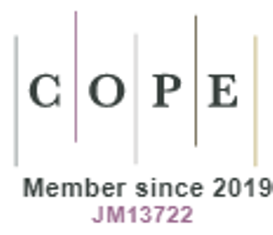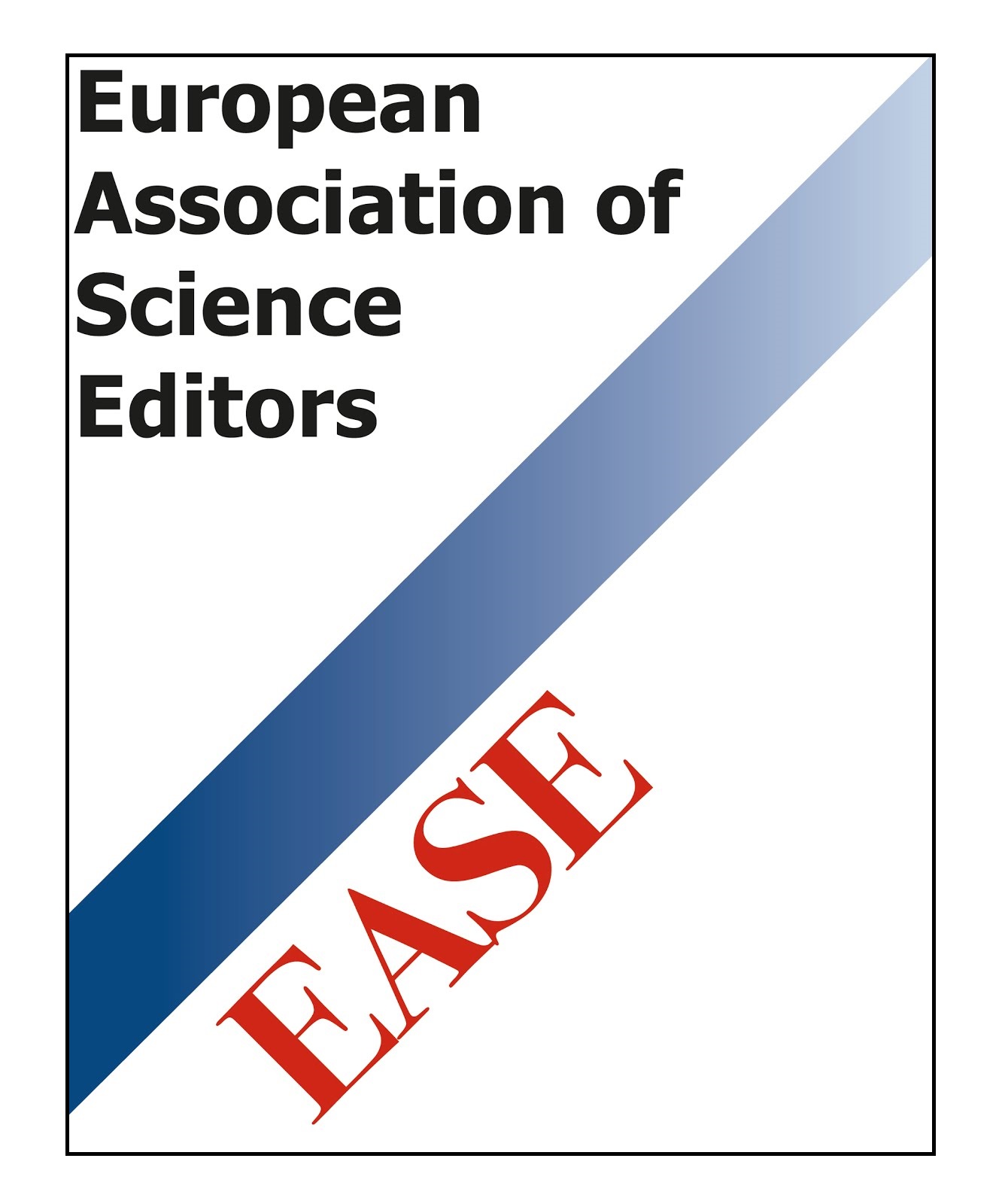Systematic Compilation/Evaluation of Reduced B(E3) Transition Probabilities and Configurations of Octupole (∆I=3) Isomers in Mass A~200 Region
DOI:
https://doi.org/10.15415/jnp.2022.92026Keywords:
Isomeric states, E3 decay, reduced transition B(E3) strengthAbstract
Background: Strong octupole correlations are observed in mass region giving rise to a number of isomeric states decaying via type of transition involving interacting orbitals. Theoretically, the and neutron orbitals or the and proton orbitals are predicted to be involved in these enhanced decays.
Purpose: This work reports on the systematics of reduced transition probabilities and configurations of octupole isomers in order to compare them based on their structures such as even-even, even-odd, odd-even and odd-odd.
Methods: The data for a total of isomers is collected from the ENSDF/XUNDL Database of NNDC. The reduced transition probabilities are evaluated and compiled using the available data on half-life and branching ratios of the isomeric states having pure decay. In about cases, we have also evaluated the half-lives to get their adopted value to obtain the transition probability by RULER program.
Results: A systematic variation in the reduced transition strength is discussed as a function of neutron and proton number to see the contribution/effect from the core particles. An enhancement is observed experimentally for the isomeric states involving the and neutron orbitals or the and proton orbitals
Conclusions: The enhanced transitions rates are observed in nuclei having configurations with octupole effects.
Downloads
References
G. D. Dracoulis, Phys. Scr. T152, 014015 (2013). https://doi.org/10.1088/0031-8949/2013/T152/014015
C. F. v. Weizsäcker, Naturewissenschaften 24, 813 (1936). https://doi.org/10.1007/BF01497732
Philip Walker and George Dracoulis, Nature, 399, 35 (1999). https://doi.org/10.1038/19911
Ashok Kumar Jain, Bhoomika Maheshwari and Alpana Goel, Nuclear Isomers: A Primer (Springer, chem, 2021), Edition 1.. https://doi.org/10.1007/978-3-030-78675-5
Philip Walker and Zsolt Podolyák, Phys. Scr., 95, 044004 (2020) https://doi.org/10.1088/1402-4896/ab635d
Chin Fu Tsang and S. G. Nillson, Nucl. Phys. A140, 275 (1970). https://doi.org/10.1016/0375-9474(70)90326-X
P. J. Nolan and P. J. Twin, Ann. Rev. Nucl. Part. Sci., 38, 533 (1988). 10.1146/annurev.ns.38.120188.002533
N. Schunck and L. M. Robledo, Rep. Prog. Phys. 79, 116301 (2016). 10.1088/0034-4885/79/11/116301
Ashok Kumar Jain, Bhoomika Maheshwari, Swati Garg, Monika Patial and Balraj Singh, Nucl. Data Sheet 128, 1 (2015). https://doi.org/10.1016/j.nds.2015.08.001
F.G. Kondev, G. D. Dracoulis and T. Kibédi, Atomic Data and Nuclear Data Tables 103, 50 (2015). https://doi.org/10.1016/j.adt.2015.01.001
S. C. Pancholi, The Pear Shaped Nuclei (World Scientific, New York, 2020), Edition 1. https://doi.org/10.1142/11754
P.A. Butler and W. Nazarewicz, Rev. Mod. Phys. 68, 349 (1996). https://doi.org/10.1103/RevModPhys.68.349
W. Nazarewicz and P. Olanders, Nucl. Phys. A441, 420 (1985). 10.1103/physrevc.32.602
P A Butler, J. Phys. G: Nucl. Part. Phys., 43, 073002 (2016). https://doi.org/10.1088/0954-3899/43/7/073002
J. M. Blatt and V. F. Weisskopf, Theoretical Nuclear Physics (Springer, New York, 2012), Edition1. 10.1007/978-1-4612-9959-2
P. S. Rawat, S. Kumar, H. Chutani and M. Goyal, (to be published)
Evaluated Nuclear Structure Data Files (ENSDF) Database. https://www.nndc.bnl.gov/ensdf/
National Nuclear Data Centre (NNDC). https://www.nndc.bnl.gov/
J. K. Tuli, Evaluated Nuclear Structure Data File: A Manual for Preparation of Data Sets (private communica-tion, 2001). https://www.nndc.bnl.gov/nndcscr/documents/ensdf/ensdf-manual.pdf
Experimental Unevaluated Nuclear Data List (XUNDL) Database. https://www.nndc.bnl.gov/ensdf/ensdf/xundl.jsp
T. W. Burrows, FMTCHK Version 10.3a (private communication, 2007). https://www-nds.iaea.org/public/ensdf_pgm/utility/fmtchk/readme-fmtchk.pdf
T. W. Burrows, GTOL Version 7.2f (private communication, 2010). https://www-nds.iaea.org/public/ensdf_pgm/analysis/gtol/readme-gtol-2.pdf
T. Kibédi, BrIcc – program to evaluate conversion coefficients User’s manual for version 2.3b (private commu-nication, 2007). https://www-nds.iaea.org/public/ensdf_pgm/analysis/BrIcc/BrIcc.pdf
T. Kibédi, T. W. Burrows, M. B. Trzhaskovskaya and P. M. Davidson, Nucl. Inst. And Meth. in Phys. Res. A589, 202 (2008). https://doi.org/10.1016/j.nima.2008.02.051
T. W. Burrows, Program RULER (private communication, 1984). https://www-nds.iaea.org/public/ensdf_pgm/analysis/ruler/ruler.pdf
S.G. Nillson, Dan Mat Fys Medd 29, 16 (1955). https://cds.cern.ch/record/212345
Nuclear Science References (NSR) Database. https://www.nndc.bnl.gov/nsr/
Downloads
Published
How to Cite
Issue
Section
License
Copyright (c) 2022 Prerna Singh Rawat, S Kumar, H Chutani, M Goyal

This work is licensed under a Creative Commons Attribution 4.0 International License.
View Legal Code of the above-mentioned license, https://creativecommons.org/licenses/by/4.0/legalcode
View Licence Deed here https://creativecommons.org/licenses/by/4.0/
| Journal of Nuclear Physics, Material Sciences, Radiation and Applications by Chitkara University Publications is licensed under a Creative Commons Attribution 4.0 International License. Based on a work at https://jnp.chitkara.edu.in/ |














